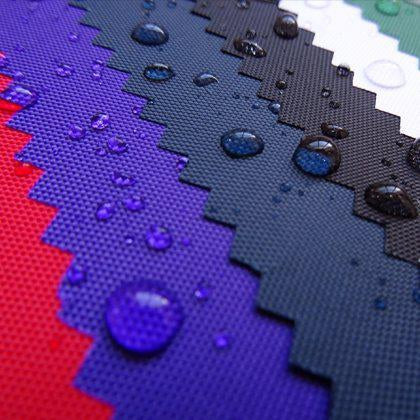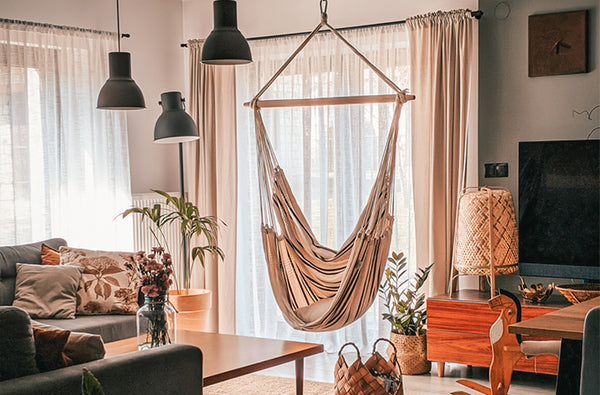
Caring for a hammock is one of the best ways to look after it, and the most effective way to do this is by making sure it stays clean. Like many other hammock owners, you might have pondered the question, ‘How do I clean my hammock?’. This blog will provide you with the best advice on cleaning and caring for the materials in your hammock and how to make sure it lasts for many years to come.
First, identify what needs cleaning.
The first and most important thing you need to do is identify what it is that is making your hammock dirty. Whether this is dust, mould, mud, grass stains, or food and drink spillages, there are different methods of approaching these stains and concerns, especially if you want your hammock to look brand new again.
Next, pick out what materials your hammock is made out of
Make sure you know the composition of your hammock, as cleaning the different fabrics and materials will require different processes and will help you achieve the best result. If you aren’t sure of the materials in your hammock, the best place to look would be the labels located near the seams, if there aren’t any, here’s a list of common hammock materials:

Handwashing
Recommended for: Cotton, Polyester, Nylon, EllTex
This is one of the safest and most versatile techniques when it comes to washing a hammock chair as hand washing can clean most stains and dirt. The best way would be to place the hammock in your bathtub, sink, or shower cubicle and soak it in the water. Make sure to take off all the metal fixings and anything else that needs detaching. We recommend using a light detergent or mild soap and rubbing these into the hammock fabric with your hands. Once the hammock has been cleaned and rinsed of any remaining soaps, hang it outside to air dry completely before reattaching.
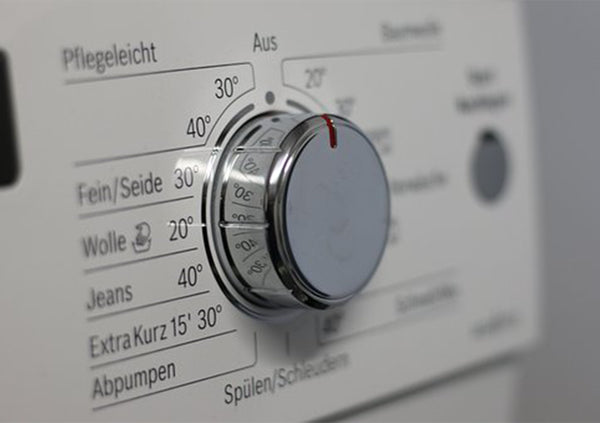
Light Wash Cycle
Recommended for: Cotton, Polyester, Nylon, EllTex
For this technique, it is crucial to make sure you use the correct washing cycle on your machine as using the wrong one could potentially ruin your hammock. Select warm or cold water, but never hot, with low spin or no spin with the lowest time setting. Make sure to use a light detergent or we recommend using soap nuts; an organic and sustainable alternative which won't damage the vibrancy and quality of your hammock. Before doing so make sure to detach any fixings and tie the hammock strings up so they don’t get tangled or frayed. Once out of the machine, leave to air dry outdoors until fully dry and then reattach.
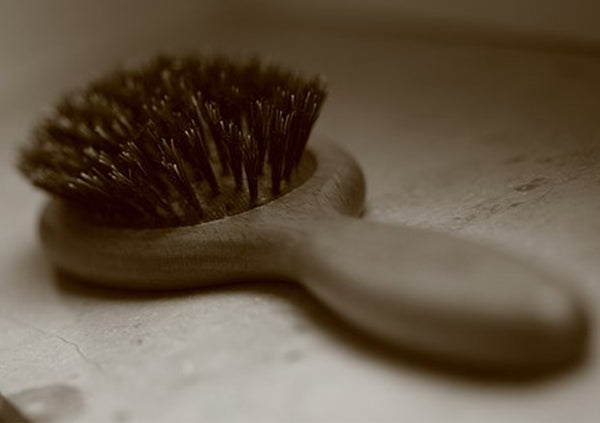
Spot Cleaning
Recommended for: All materials
Spot cleaning is a simple and effective way of cleaning your hammock, especially if it’s only a small area. We recommend using some water and a brush lightly going over the affected area a few times and then leaving it out to dry. When it comes to materials such as wood and metal it’s best to apply a little more pressure to try to buff the stain out. Generally, with cotton-based hammocks, it’s best to use warm water and not heat drying as this can set the stain.
 Damp Cloth
Damp ClothRecommended for: All materials
This technique is best for mud stains, dust, and any food and drink spillages. Simply dampen a cloth or towel and rub the area until the debris has gone. This is less time-consuming than other techniques and is simple enough to do routinely.

Rug Beater
Recommended for: Cotton, Polyester, Nylon, EllTex
This is a great cleaning method for hammocks that have dry debris such as mud, dust, and crumbs. Hang your hammock on a washing line outside and use a rug beater to pat any of the dirt out of the fibres of the hammock. It’s simple and effective.
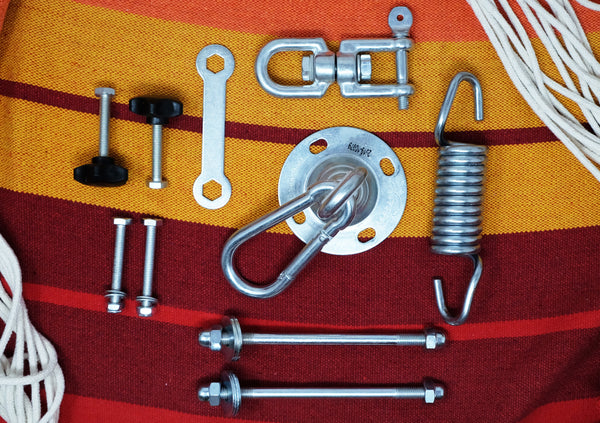
Anti-rust Cleaner
Recommended for: Metal
Has your hammock been exposed to the elements and the metals are starting to oxidise? The best solution for this would be to use stuff that you can find at home. We found that one of the cheapest solutions for this is either using Coca-Cola or White Vinegar, you don’t need to buy any special rust cleaning kits as these two liquids are just as effective for a fraction of the cost. Place your rusty fixings into a bucket or tub and submerge them in the vinegar or coke. Leave these for a period and then pat them dry. Repeat if necessary. We do recommend looking at our galvanised steel fixings which provide protection from rust and keep your hammock safe and reliable.
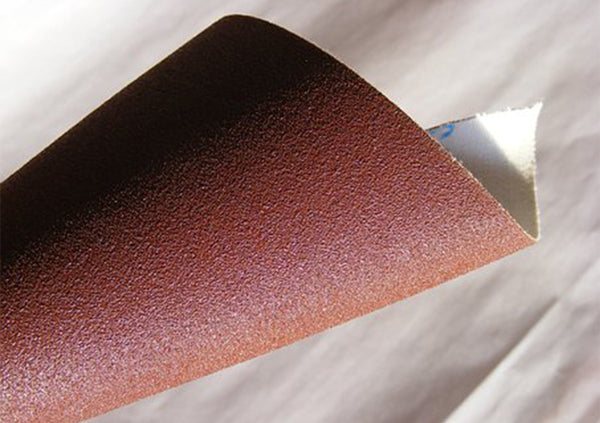
Sanding
Recommended for: Wood
This is great for any stains and mossy parts on wooden beams or stands for your hammock. Try using sanding paper that is mainly used for polishing, very fine instead of super grainy, as this won’t ruin the look of the wood but will get rid of the staining on the top layer, meaning that the moss and damp stains can’t spread further throughout the wood. Sanding will also get rid of the top layers of mildew, but before sanding the affected areas, leave the hammock out in the sun to destroy the fungus and stop it from spreading and reappearing again.

Using a Hammock Care Kit
Recommended for: All materials
Using a hammock care kit can be highly beneficial for all parts of your hammock and will help you keep the hammock looking brand new and safe for a long time. We recommend using our Simply Hammocks: Hammock Care Kit which includes:
-
Eco Hammock Cleaner
-
Eco Hammock Freshener
-
Hammock Sweeper
-
Emergency Repair Kit
-
Nikwax Cotton Waterproofing
-
Panda Eye Mask
This hammock kit is compatible with all hammocks and uses ingredients that are organic, vegan, allergy-free, cruelty-free, non-polluting, hypoallergenic, 100% natural, and non-animal tested.
For any more information on how to care for your hammock, please don’t hesitate to get in touch!
Simply Hammocks:
Tel: 01748471299
Email: hello@simplyhammocks.co.uk



